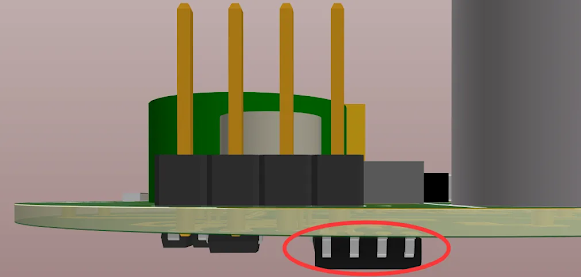From Raw Materials to Finished Products: Analyzing the Sustainability Challenges and Solutions in Modern PCB Manufacturing
Introduction to Sustainability in PCB Manufacturing
The demand for sustainable practices in PCB manufacturing has grown significantly as environmental concerns become more prominent in the electronics industry. Companies are now focusing on reducing the ecological footprint of their products, from raw material sourcing to finished PCB production. This article explores the primary sustainability challenges in PCB manufacturing and the solutions being implemented to address them
Challenges in Raw Material Sourcing
Environmental Impact of PCB Materials
The sourcing of raw materials for PCB manufacturing presents significant sustainability challenges. Key materials like copper, gold, and rare earth elements are often extracted through processes that cause environmental degradation. For instance, copper mining can lead to soil erosion, deforestation, and water contamination. The extraction and processing of these materials contribute to greenhouse gas emissions, making it crucial for the industry to seek more sustainable alternatives and recycling practices.
Innovations in Eco-friendly PCB Materials
Sustainable Alternatives to Traditional PCB Materials
Innovations in materials science have led to the development of more eco-friendly alternatives to traditional PCB materials. Biodegradable substrates, such as those made from natural fibers or plant-based resins, are being explored to replace conventional fiberglass and epoxy. Additionally, advancements in conductive ink technology allow for the use of less hazardous materials in PCB production, significantly reducing environmental impact.
Green Manufacturing Practices
Reducing Waste and Emissions in PCB Production
Implementing green manufacturing practices in PCB production is essential for minimizing waste and emissions. Techniques such as closed-loop recycling systems for etching chemicals and water, as well as the use of renewable energy sources in production facilities, are proving effective. Companies are also adopting digital manufacturing technologies to enhance precision and reduce material waste during the production process.
Enhancing Recycling and Reusability
Circular Economy Approaches in PCB Manufacturing
Adopting circular economy approaches in PCB manufacturing involves designing PCBs with disassembly and recycling in mind. This strategy not only reduces waste but also recovers valuable materials for reuse. Innovations such as easily removable solder joints and modular component designs facilitate the recycling process, promoting a more sustainable lifecycle for electronic products.
Regulatory and Industry Standards
Compliance and Certification for Sustainable PCB Production
Compliance with regulatory standards and industry certifications is vital for achieving sustainability in PCB manufacturing. Standards such as RoHS (Restriction of Hazardous Substances) and REACH (Registration, Evaluation, Authorisation, and Restriction of Chemicals) ensure that harmful substances are minimized in PCB production. Companies adhering to these regulations not only meet legal requirements but also gain a competitive advantage by aligning with consumer demands for greener products.
Conclusion
Future Outlook for Sustainability in PCB Manufacturing
The future of sustainability in PCB manufacturing looks promising with continuous advancements in eco-friendly materials, green manufacturing practices, and recycling technologies. By addressing the challenges in raw material sourcing, production waste, and regulatory compliance, the industry is moving towards a more sustainable model that benefits both the environment and the economy.









Comments
Post a Comment